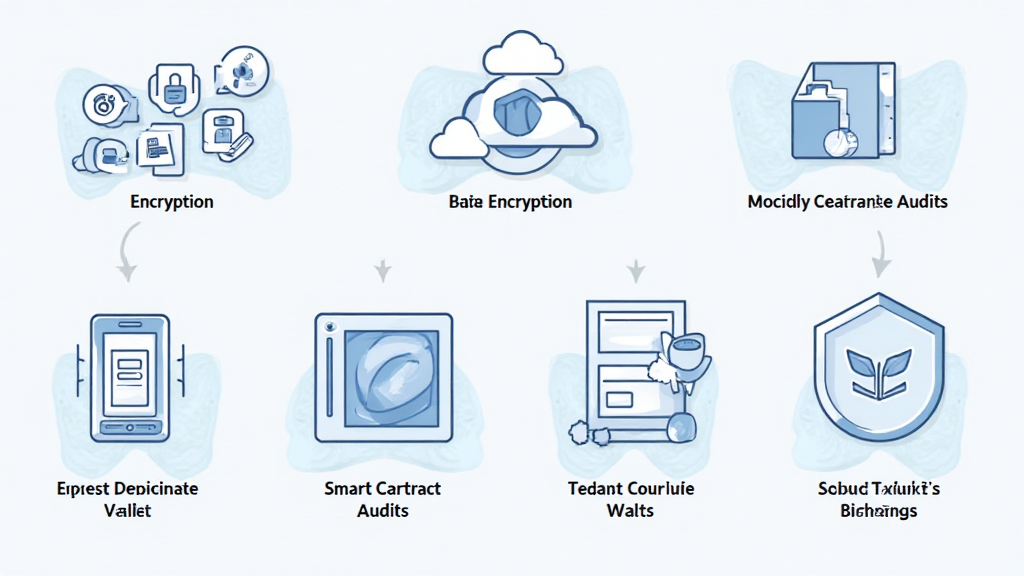Introduction
As the crypto landscape evolves, the need for robust security measures is more crucial than ever. With a staggering $4.1 billion lost to DeFi hacks in 2024 alone, it’s clear that the vulnerabilities in digital asset management need addressing. In Vietnam, a country experiencing a rapid surge in crypto adoption, these risks are magnified. Therefore, understanding the 2025 Blockchain Security Standards becomes essential not only for seasoned investors but also for newcomers looking to stake their claim in the digital economy.
Why Blockchain Security Matters
The security of blockchain networks is integral to user trust and the overall health of the cryptocurrency ecosystem. hacker attacks on centralized platforms, such as exchanges, lead to significant financial losses and have lasting impacts on market stability. Understanding risks such as smart contract vulnerabilities is vital.
- Decentralization – Unlike traditional banks, blockchain transactions are irreversible and do not involve intermediaries.
- Transparency – Blockchain’s public ledger offers transparency but also exposes users to potential threats if not properly secured.
- Scalability – As user numbers increase, so do the potential points of failure.
Consensus Mechanism Vulnerabilities
A consensus mechanism is the backbone of any blockchain network, determining how transactions are verified and added to the ledger. Notable types include Proof of Work and Proof of Stake. Each has its set of vulnerabilities. For instance, a 51% attack occurs when a single entity controls the majority of the network’s mining power, allowing them to manipulate transactions.

As we advance towards 2025, it is essential to explore how different consensus methods handle these vulnerabilities. For instance:
- Proof of Work networks, while secure, consume massive energy resources and face risks like mining pool centralization.
- Proof of Stake can lead to wealth centralization, raising concerns about the equitable distribution of power within a network.
Security Standards and Practices
Employing stringent security standards is not merely advisable; it is a necessity. The 2025 Blockchain Security Standards will focus on:
- Smart Contract Audits – To prevent vulnerabilities before deployment, rigorous testing is necessary.
- Regular Penetration Testing – Simulating attacks helps in identifying weak points.
- User Training – Educating users about phishing scams and best practices can significantly reduce incidents.
Implementing these standards requires collaboration between developers, auditors, and users, particularly in emerging markets like Vietnam, where the user base is rapidly growing.
The Future of Crypto in Vietnam
Vietnam ranks among the fastest-growing crypto markets, with a reported 200% increase in crypto adoption rates year-on-year. This boom presents unique opportunities, yet it also amplifies the necessity for enhanced security measures.
As local institutions begin to recognize the significance of blockchain technology, it’s imperative for stakeholders to align with upcoming security standards. For instance, organizations like HIBT Vietnam Crypto Research Institute are pivotal in researching and developing these standards tailored for the Vietnamese context.
Conclusion
The world of cryptocurrencies is not for the faint-hearted, especially in the face of growing security threats. As we usher in 2025, integrating robust security measures and adhering to the evolving blockchain security standards will be the key to protecting digital assets. Investors and developers must stay informed and proactive in their security practices.
Join us in navigating the complex realms of blockchain security. For further insights into crypto trends and practices, visit HIBT Vietnam Crypto Research Institute – your trusted partner in crypto security!




